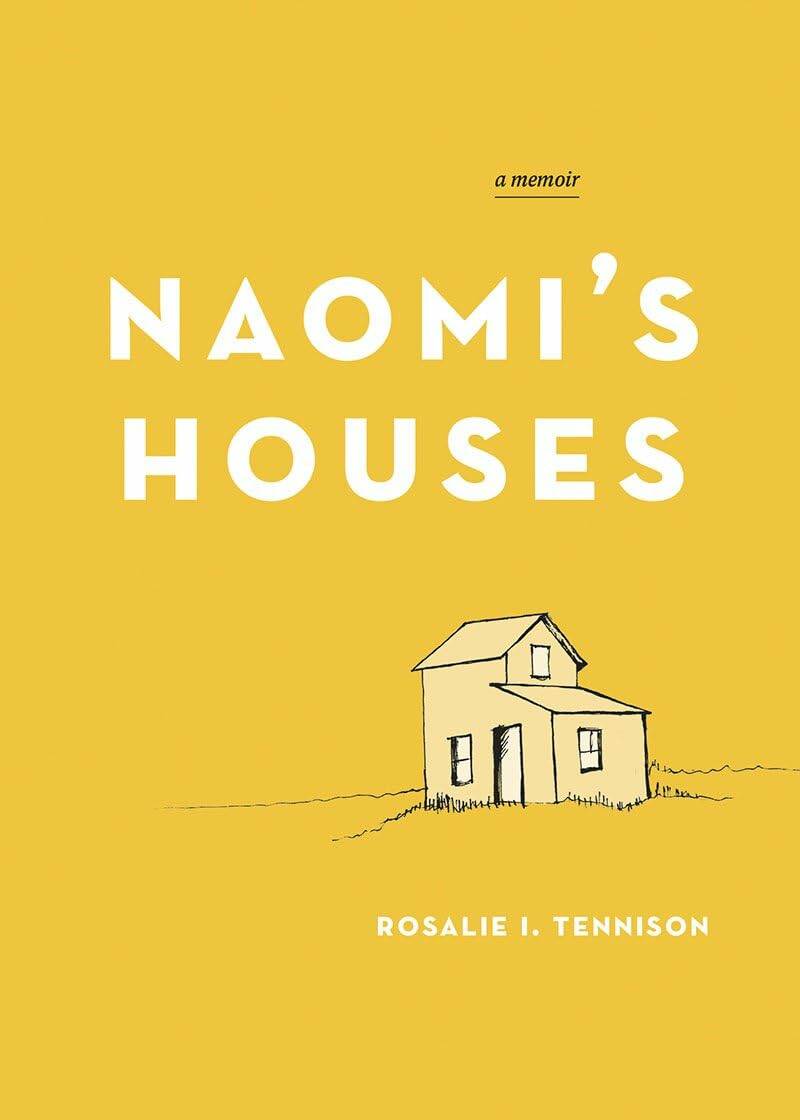Family’s plight plotted on solid foundation
Advertisement
Read this article for free:
or
Already have an account? Log in here »
To continue reading, please subscribe:
Monthly Digital Subscription
$0 for the first 4 weeks*
- Enjoy unlimited reading on winnipegfreepress.com
- Read the E-Edition, our digital replica newspaper
- Access News Break, our award-winning app
- Play interactive puzzles
*No charge for 4 weeks then price increases to the regular rate of $19.00 plus GST every four weeks. Offer available to new and qualified returning subscribers only. Cancel any time.
Monthly Digital Subscription
$4.75/week*
- Enjoy unlimited reading on winnipegfreepress.com
- Read the E-Edition, our digital replica newspaper
- Access News Break, our award-winning app
- Play interactive puzzles
*Billed as $19 plus GST every four weeks. Cancel any time.
To continue reading, please subscribe:
Add Free Press access to your Brandon Sun subscription for only an additional
$1 for the first 4 weeks*
*Your next subscription payment will increase by $1.00 and you will be charged $16.99 plus GST for four weeks. After four weeks, your payment will increase to $23.99 plus GST every four weeks.
Read unlimited articles for free today:
or
Already have an account? Log in here »
Hey there, time traveller!
This article was published 24/05/2025 (184 days ago), so information in it may no longer be current.
Each day we make choices — from minor ones that could be forgotten within minutes to life-changing ones that can affect generations.
In Naomi’s Houses: A Memoir, Rosalie I. Tennison shows the positive and negative effects choices can have on the future of an entire family, as seen through the Manitoba houses where the family members lived.
Tennison is an award-winning agricultural journalist who has written for rural weekly newspapers and agricultural trade magazines, as well as working with a small-town radio station. She lives in Winnipeg.

Naomi’s Houses
Naomi’s Houses begins with a prologue explaining the situation in which Tennison’s parents found themselves — constantly on the edge of dire poverty, juggling their family’s needs with what they could afford. Her father, Tennison explains, often had to choose between two bad options, looking for the least harmful one. The houses where the family lived became symbols of these choices.
The family farmhouse was the first place Tennison lived, together with her parents and two siblings. With no money to hire farm help, the family worked hard but also found shelter in their home and in each other, at least until the unexpected death of Tennison’s father. Meanwhile, her grandparents’ home, called Wildwood, was a place where the family could go for relief from the struggles of daily life, although life at this house also had its challenges.
The loss of her father meant a diminished income for Tennison’s family, forcing them to move to a house that the author calls The Hovel. Life in the new surroundings was hard, but Tennison’s mother did what she could to make the house a home and to get the family onto a better financial footing. When the author and her two siblings were able to start earning some money through babysitting and other jobs, the family’s financial situation eased somewhat.
Further change came when Tennison’s mother remarried and moved to a house the author calls The Haunted Acres. The marriage was not successful despite the second husband’s wealth, and Tennison was relieved when the relationship ended so that she and her mother could get away.
The book’s final chapter includes reflections on the role of Wildwood in the author’s life, as well as an epilogue describing the author’s own search for housing that could help to bring out the best in her.
Naomi’s Houses is a gripping story with many elements readers will recognize and understand, even if they’ve not had the same experiences. Although some may not identify with the author’s use of houses as the anchor for the memoir, the technique helps move the story along in a structured way.
One potentially confusing aspect of this literary device is that it can be difficult to reconcile Tennison’s changing perspectives on the homes as she grows into adulthood. In general, however, it works quite well.
Naomi’s Houses is a thought-provoking story about the struggles and triumphs of a Manitoba family.
Susan Huebert is a Winnipeg writer and pet sitter.


